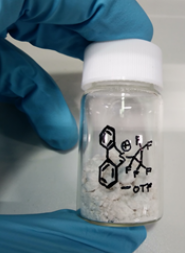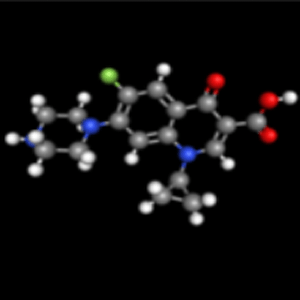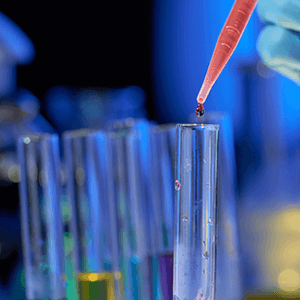
Pentafluorocyclopropanation of drugs and pesticides
The evaluation of the pentafluorocyclopropyl group as a chemotype in crop protection and medicinal chemistry has been hampered in the past by the lack of suitable methodologies that enable the practical incorporation of this moiety into advanced synthetic intermediates. By synthesizing an unprecedented sulfonium salt, 5-(pentafluorocyclopropyl)-dibenzothiophenium triflate, and using it as a versatile reagent for photoinduced pentafluorocyclopropylation, a wide range of (hetero)arenes are enabled by a radical-mediated mechanism.
read more

Cheap and effective one-step isolation of cellulose nanocrystals
Chitin and Cellulose nanocrystals (ChNCs or CNCs) are novel nanomaterials for a multitude of applications ranging from the use as raw material for construction over aditives in e.g. in paints for or synthetics to applications in the pharmaceutical area. Despite this potential the high production costs hamper their use in industry.
read more

New antibiotics that are degradable in the environment
Today, a wide range of pharmaceuticals can be found in waste waters, surface waters, groundwater and also drinking water. Particularly critical are antibiotics as accumulation promotes the development of resistance. Scientists at the Leuphana University of Lüneburg developed new and environmentally degradable antibiotics.
read more

New class of reagents for Alkynylation and Cyanation
Alkynes have a great importance in complex chemical synthesis. Currently used reagents for alkynylation are often highly explosive and do not allow for intramolecular site specific alkynylation. Scientists from the University of Göttingen succeeded to develop save, selective and efficient reagents for alkynylation.
read more




